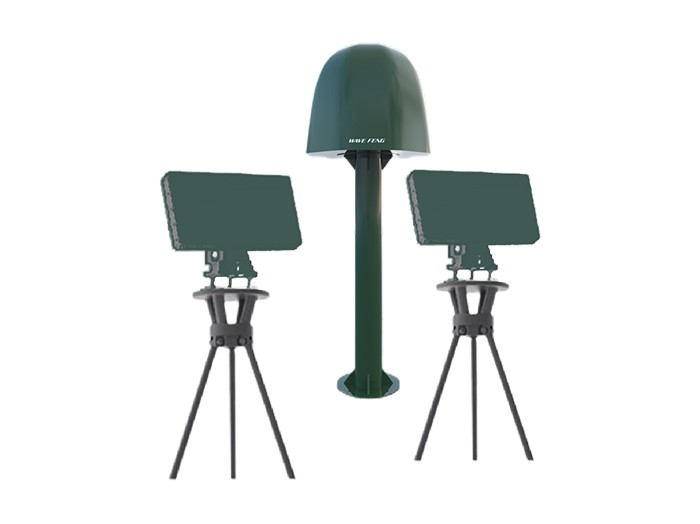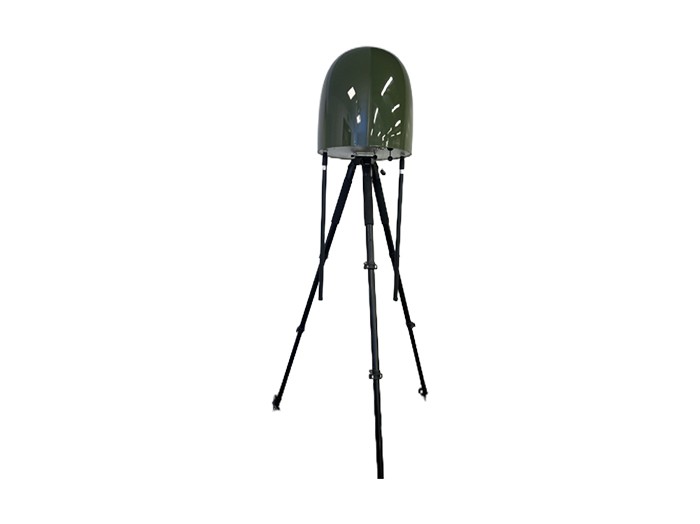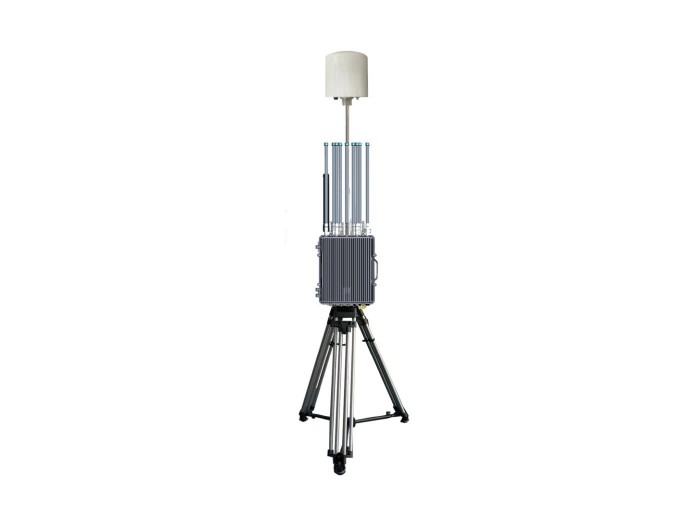Military Drone Defense System: Trends, Technologies, and Strategic Solutions
In modern warfare and border security, the increasing use of drones has introduced a new dimension of threats. Military forces worldwide face challenges defending against unauthorized or hostile unmanned aerial vehicles (UAVs) that can disrupt operations, conduct surveillance, or deliver weapons. As drone technology advances rapidly, so does the necessity for effective military drone defense systems capable of detecting, tracking, and neutralizing these aerial threats. If you are responsible for safeguarding critical military infrastructure or sensitive zones, understanding the evolving landscape of drone threats and countermeasures is essential. This article dives into the latest developments in military drone defense systems, highlighting trends, innovative technologies, and practical defense strategies to protect against this emerging challenge.
Understanding Military Drone Defense Systems: Definitions and Key Components
Military drone defense systems are integrated solutions designed to detect, identify, and counter hostile or unauthorized drones in operational environments. These systems combine multiple technologies including radar, radio frequency (RF) detection, electro-optical/infrared (EO/IR) sensors, and directed energy weapons. The core purpose is to provide early warning and prevent drones from completing their mission—be it reconnaissance, attack, or disruption.
For example, an effective drone defense system must identify drones at long ranges with a high detection rate and minimal false alarms. According to recent military reports, radar-based drone detection can identify even low-RCS (Radar Cross Section) drones at ranges exceeding 10 kilometers, enabling timely response actions. Integration with command and control platforms is also crucial for rapid decision-making and deploying countermeasures such as jamming, spoofing, net capture, or kinetic interception.
Key components include:
- Detection Sensors: Radar, RF scanners, and visual cameras detect drone signatures.
- Identification Modules: Utilize AI algorithms for classifying drone types and intent.
- Neutralization Tools: Electronic jammers, directed energy weapons, or physical interceptors.
- Command & Control Software: Provides a unified interface to monitor threats and coordinate defenses.
Benefits and Strategic Importance of Advanced Drone Defense in Military Applications
The rapid proliferation of drones in conflict zones underscores the strategic importance of robust military drone defense systems. One key benefit is the protection of critical infrastructure, such as military bases, supply lines, and communication hubs, which are increasingly targeted by small, low-cost drones. For instance, recent conflicts have seen adversaries employing swarms of drones to overwhelm conventional air defenses.
Implementing advanced drone defense solutions offers several advantages:
- Force Protection: Prevents reconnaissance or attack drones from gathering intelligence or launching payloads on personnel and equipment.
- Operational Continuity: Minimizes disruptions to missions caused by drone incursions.
- Cost Efficiency: Reduces losses from drone attacks by neutralizing threats early.
- Adaptability: Systems can be updated with software upgrades to counter new drone models and tactics.
Furthermore, these systems support real-time situational awareness, allowing commanders to anticipate and mitigate aerial threats proactively rather than reactively.

Emerging Technologies and Trends in Military Drone Defense Systems
The drone defense industry is evolving with several cutting-edge technologies gaining traction to improve effectiveness and reliability. Trends shaping the future of military drone defense include:
1. Artificial Intelligence and Machine Learning Integration
AI-powered analytics help rapidly distinguish between legitimate aircraft and hostile drones amidst cluttered environments. Machine learning algorithms can adapt to detect novel drone designs or tactics, enhancing identification accuracy. As an example, the U.S. Department of Defense’s 2023 report indicates AI-enhanced drone detection systems reduce false positives by up to 85%, optimizing response time.
2. Directed Energy Weapons (DEWs)
High-energy lasers and microwave systems are increasingly deployed as non-kinetic countermeasures. DEWs offer advantages such as silent operation, minimal collateral damage, and an effectively unlimited “magazine” as long as power is available. Militaries are trialing laser systems that can disable multiple drones in rapid succession with pinpoint precision.
3. Counter-Drone Swarm Technologies
As adversaries work on swarm drone tactics, defense systems are designed to simultaneously detect, track, and neutralize multiple targets. Utilizing networked sensors and automated threat prioritization, these systems coordinate the deployment of appropriate countermeasures to handle complex attacks.
4. Integration with Existing Air Defense Networks
Modern military drone defense systems are interoperable with broader air defense architectures, providing layered security from ground threats to aircraft.
These trends signify a committed shift towards multi-domain, technologically sophisticated drone defense frameworks essential for maintaining aerial superiority.
Key Recommendations for Implementing Effective Military Drone Defense Systems
- Conduct Comprehensive Threat Assessments: Understand the specific drone threats in your operational area to select appropriate sensor and countermeasure technologies.
- Invest in Multi-Layered Detection and Neutralization: Combine radar, RF detection, EO/IR sensors, and electronic or kinetic countermeasures for greater reliability.
- Leverage AI for Rapid Identification: Implement AI-driven analytics to minimize false positives and accelerate response times against evolving drone threats.
- Plan for Scalability and Integration: Choose systems that can integrate into your existing command and control frameworks and expand capacity as threats grow.
- Engage with Expert Providers: Visit our website for detailed solution overviews or contact us for professional consultation tailored to your military defense needs.
Conclusion: Safeguarding the Future with Advanced Military Drone Defense
As drone technology continues to evolve, so must military defenses designed to neutralize these new aerial threats. Advanced military drone defense systems integrating AI, directed energy weapons, and multi-layered sensors are essential to maintain tactical advantage and protect vital assets. Our expertise in developing cutting-edge drone detection and countermeasure technologies positions us as a trusted partner in your defense strategy. Want to learn more about implementing robust military drone defense? Visit our website now or contact us for a free consultation to explore tailored solutions that meet your operational needs.

















